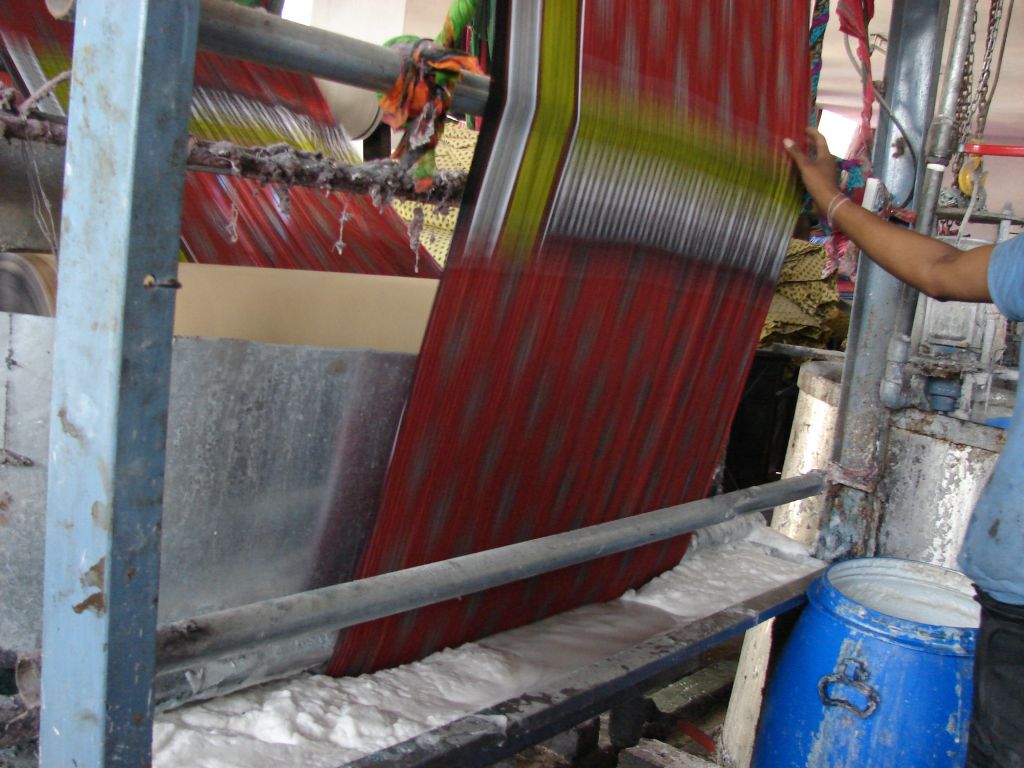

Push to recycling, promotion and spreading awareness need of the hour



India’s enormous textiles industry has strong domestic production, prodigious consumption and a fashion supply chain. But it is also followed by commensurate waste, playing a huge role in environmental deterioration.
Cotton manufacturing adds to ecological pollution with pesticides and chemicals, but used and discarded apparel adds to solid waste in landfills, which takes years to decompose. Depleting natural resources, pesticide usage, waste management and ecological degradation are, therefore, matters of great concern regarding the industry.
Adopting a circular economy (CE) might solve current concerns. Circular textiles production (CTP) is designed to be recuperative and renews and increases a product’s life cycle. It overcomes the limits of the linear economy model by addressing concerns such as resource scarcity, natural resource use and recycling of discarded items within the economy.
In this green process, discarded textiles are shredded, cleaned, organised, revamped and reassembled. The products are then tested for quality and marketed after adding new parts.
As a result, a CE safeguards the environment by reducing up to 80 per cent of emissions. It decreases energy usage by up to 60 per cent, raw material consumption up to 70 per cent and product costs up to 60 per cent.
The United States, European Union and China have recognised its benefits and are taking it up. Developing countries such as India, Bangladesh, Brazil, etc, are, on the other hand, yet to implement it successfully.
Some units in the country recycle textiles as household crafts, such as rugs, bags, wipes, dusters and more, from discarded garments or old woollens transformed into blankets.
But widespread adoption of CTP is a necessity for a sustainable environment. Consumers are essential in deciding the adoption of CTP, as they play a vital role in driving sustainability. Lack of consumers’ awareness and acceptance of CTP are significant factors.
Several societal and cultural factors have influenced customers’ perceptions of recycled fabrics and clothes. Several researchers have found that consumers have little interest in CTP as they are apprehensive about quality, performance, safety, and maintenance.
Yet some research reveals that many Indian customers are aware of green, organic, circular and eco-friendly clothing and will use these items if their doubts about these products are cleared.
Promoting and developing knowledge of CTP is required so that consumers are attracted and companies may be tempted for cost-effective production and profitability.
Firms and managers need to convince the consumers regarding the long-term benefits of CTP. They must emphasise the ecological benefits, such as ‘your one purchase of CTP will contribute twice towards a sustainable environment’ and offer discounts.
This has to be coupled with ensuring easy product availability, comparing CTP in terms of quality and cost with existing market items, etc.
Promoting CTP would undoubtedly aid in a more robust demand for it.
Further, the Indian government must also come forward and extend a helping hand to entrepreneurs interested in adopting CTP despite their limited financial and technological capacity.
It must launch tax holidays and rebates to attract venture capital. It should also establish a few collection points in each city for used or waste textiles that can be recycled into new products.
By promoting CTP, India will soon bear the fruits of an ecological balance and a sustainable environment.
Asiya Chaudhary is professor and Mushahid Ali is scholar at the Department of Commerce, Aligarh Muslim University
Views expressed are the authors’ own and don’t necessarily reflect those of Down To Earth
We are a voice to you; you have been a support to us. Together we build journalism that is independent, credible and fearless. You can further help us by making a donation. This will mean a lot for our ability to bring you news, perspectives and analysis from the ground so that we can make change together.

Comments are moderated and will be published only after the site moderator’s approval. Please use a genuine email ID and provide your name. Selected comments may also be used in the ‘Letters’ section of the Down To Earth print edition.